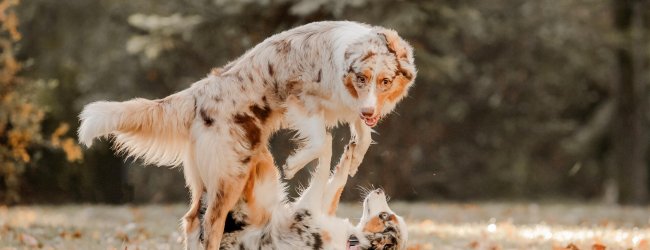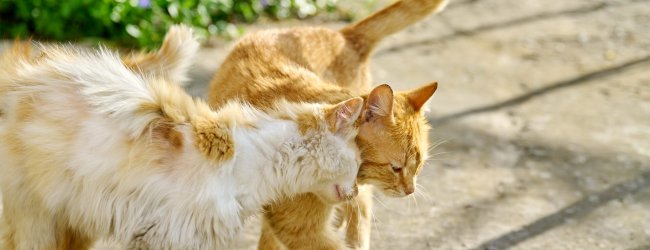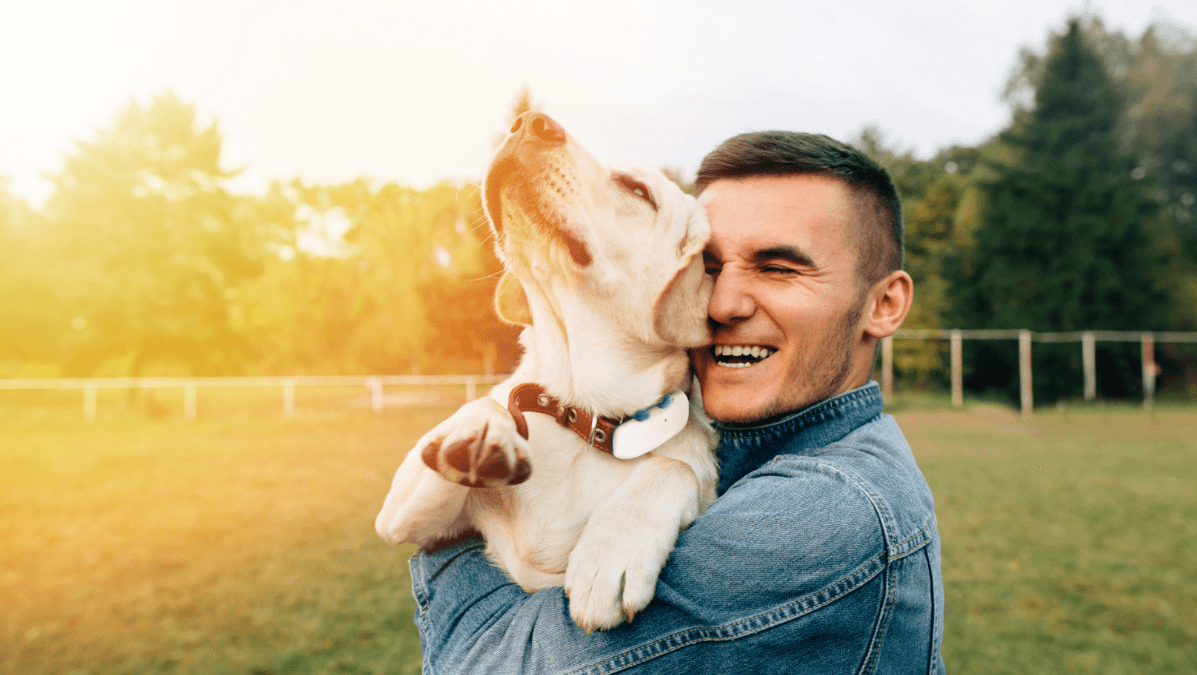Dog Shedding 101: Why Is My Dog Losing Hair?
Is your dog's hair loss just normal shedding, or could it point to something else? Get the scoop on why dogs lose hair, when it's healthy and when you might need to see a vet.
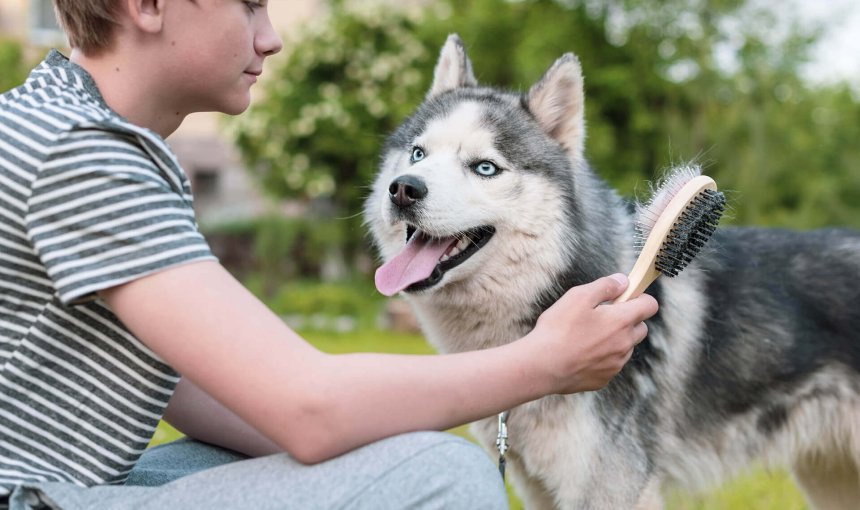
Is your dog shedding? Hair loss in dogs is very common. In fact, nearly every dog parent notices their dog losing hair at some point. Oftentimes, it’s just normal, seasonal shedding for your dog’s breed. Other times, hair loss in dogs can be caused by something else, such as parasites, stress, dog allergies or another health issue. Discover the possible reasons for a dog losing hair, and the most important facts about dog shedding.
Is your dog itching or scratching a lot too? Then you may also want to check out the causes and treatments for an itchy dog.
- Dog shedding: what’s normal and what’s not?
- Always know where your dog is
- Year-round shedding
- Dog shedding season
- Dog shedding by breed
- When do dogs shed their puppy coats?
- Unusual shedding: symptoms of hair loss in dogs
- Why is my dog losing hair? Top causes of hair loss in dogs
- 6 tips to keep dog shedding under control
- Conclusion on dog shedding
Dog shedding: what’s normal and what’s not?
Shedding refers to when a dog loses hair naturally, to make way for new hair growth. Additionally, shedding helps distribute natural oils throughout the dog’s coat, to keeping it healthy.
How much fur a dog sheds depends on their breed, health condition and coat type, as well as the time of year. So the shedding process looks different for different types of dogs.
What’s important to remember is that basically all dogs shed (with the exception of hairless dogs).
However frustrating your dog’s shedding may be, it’s not possible to stop or prevent dog shedding. But there are a few things you can do to make the process easier on you and your dog.
For most dogs, regular shedding is a normal and healthy part of life. However, excess hair loss in dogs can also be a sign of a health issue that needs to be addressed. So if you notice unusual hair loss in your dog – such as fur loss in patches, dry itchy skin or other signs of a sick dog, talk to your vet.
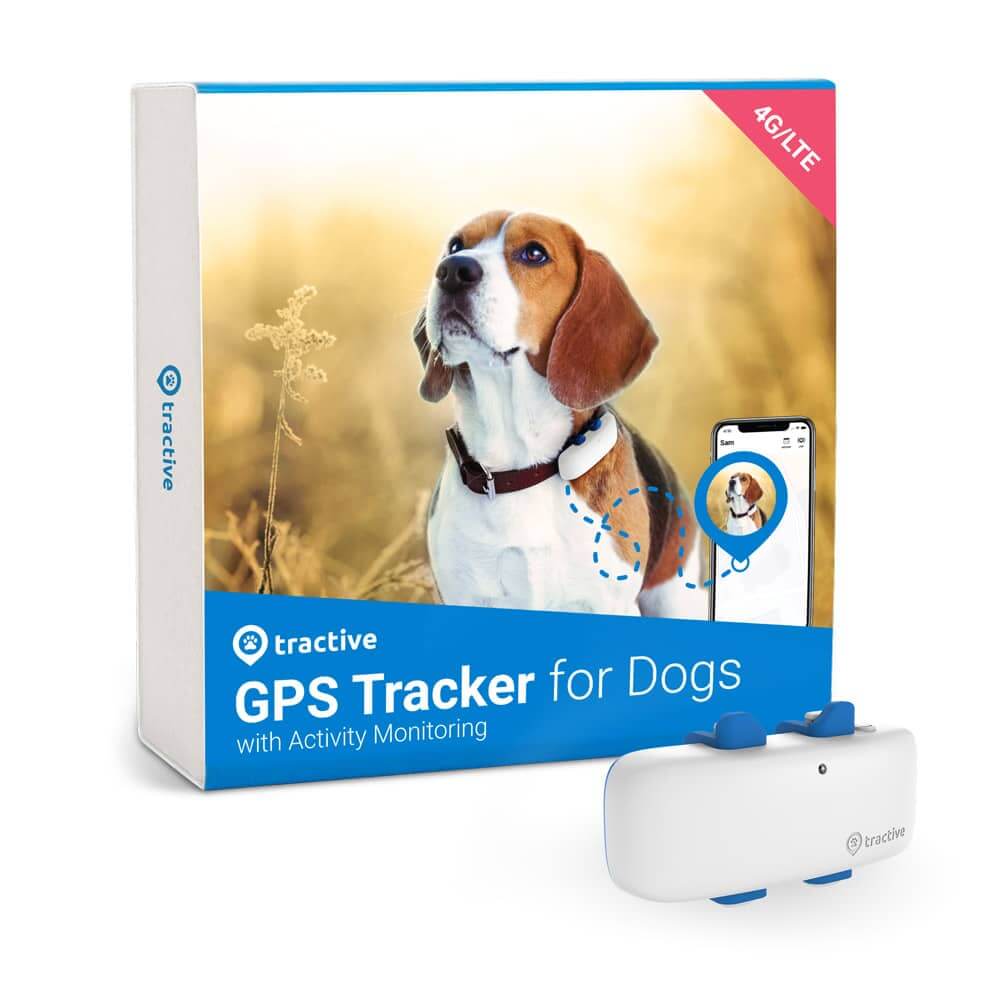
Always know where your dog is
Follow every step in real-time with unlimited range. Get alerts if they wander too far. Keep them happy & healthy with Wellness Monitoring. And let others – like walkers or sitters – keep an eye on your dog too.
Year-round shedding
You’ve probably noticed already that your dog sheds year-round. That’s because all animals with hair shed regularly. Every hair goes through a natural life cycle of growing and then shedding. Factors such as breed, age, environment, health and hormones affect the rate of hair growth and shedding. Genetics and these factors determine the length and texture of your dog’s hair.
Some dogs have continuously growing hair – they shed very little in general due to the long lifespan of each hair shaft. Other dogs, with thicker undercoats and a shorter hair shaft lifespan, shed a lot.
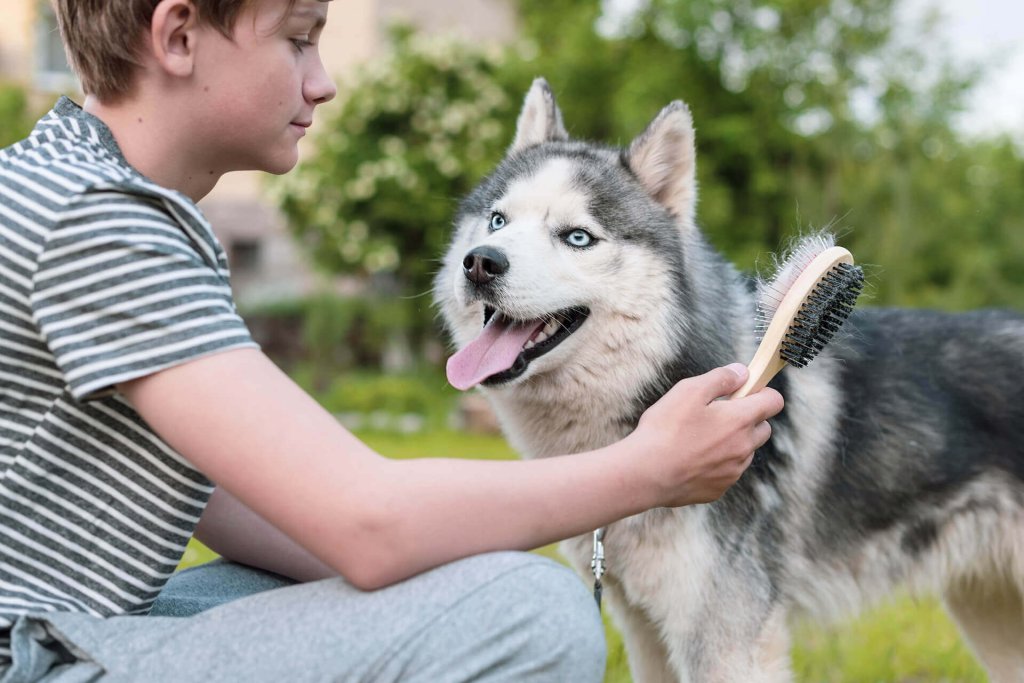
Dog shedding season
In addition to shedding year-round, most dogs usually shed more in the spring and fall. During spring, dogs lose hair to lighten their outer coat in preparation for summer. And in fall, they shed to make way for a warmer new undercoat for winter.
Dog shedding in winter
Is your dog shedding in winter? Trees shed their leaves as the days get shorter, and your dog will also lose more hair as their body prepares for winter. The reason for this phenomenon is the hormonal changes associated with the presence of sunlight, which stimulates hair growth. Just before the cold season kicks in and days get shorter, your dog will shed their lighter, summer coat to get prepared for the thicker, more protective winter coat.
House cats and dogs won’t be that affected by the arrival of winter, since their body temperature indoors is mostly the same, therefore, they will shed lighter. Is your dog spending most of their time outdoors? Then you will notice a bit more shedding right before the winter season arrives. Either way, even though dogs are different and they don’t all shed the same, shedding in winter is a normal process for most dogs.
So if your dog suddenly starts shedding more around summer or winter, seasonal shedding is likely the reason.
Dog shedding by breed
Breed has a big effect on how much a dog sheds, so it’s a good idea to consider shedding when choosing the right dog for you.
Some dog breeds shed a lot, while others hardly shed. Dogs with thick undercoats or those suited to cold climates generally shed more than other breeds. For example, the thick double-coat of Golden Retrievers make them heavy shedders.
Let’s look at the dogs that shed the most and least by breed.
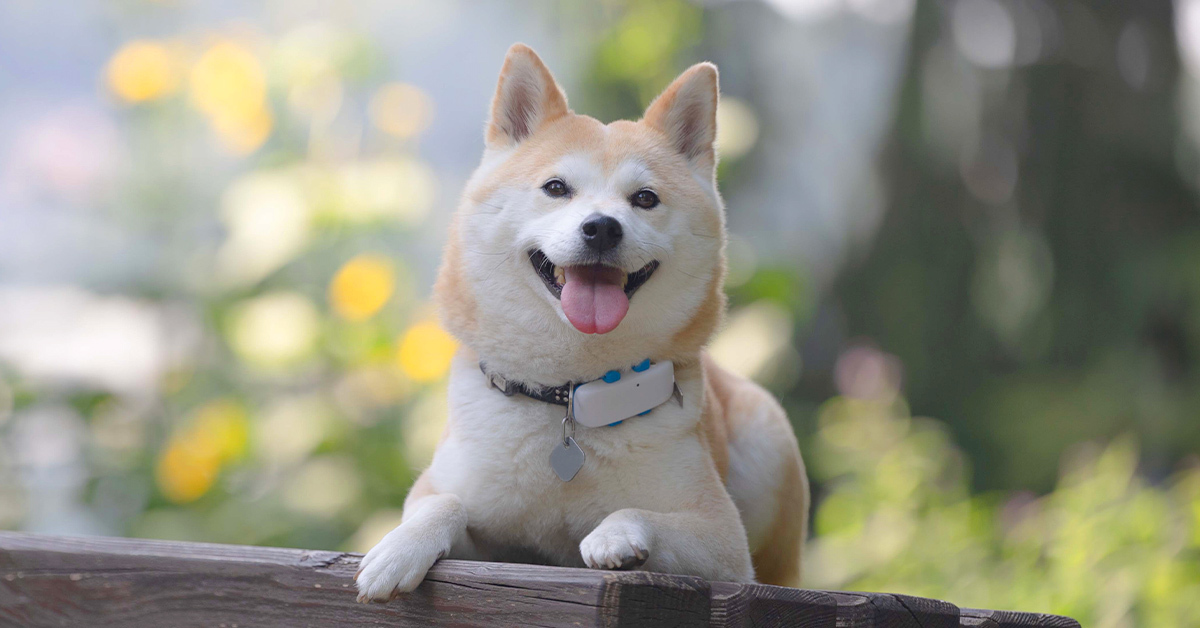
Dogs that shed the most
Don’t be confused by their short fur: these Japanese dogs are equipped with a very thick double layer that constantly sheds. For this reason, Akita-Inu dogs rank first when it comes to excessive dog shedding.
While they may be soft and fluffy, beware: these dogs come with a lot of hair! Here are the 30 dog breeds that shed the most:
- Akita
- Alaskan Malamute
- American Eskimo
- Australian Shepherd
- Beagle
- Belgian Sheepdogs
- Bernese Mountain Dog
- Border Collie
- Chihuahua
- Chow Chow
- Collie
- Dalmatian
- German Shepherd
- German Shorthair Pointer
- Golden Retriever
- Great Pyrenees
- Keeshond
- Kuvasz
- Labrador Retrievers
- Newfoundlands
- Norwegian Elkhound
- Old English Sheepdog
- Pomeranian
- Pug
- Rottweiler
- Saint Bernard
- Samoyed
- Shiba Inu
- Siberian Husky
- Welsh Corgi
If you have one of these dogs, you’ll have to get used to a lot of shedding. Brushing your dog every day with a special shedding brush can help remove excess fur and keep it off your furniture and floors.
Non-shedding dogs: dogs that don’t shed
Several dog breeds don’t shed much at all, so they make great companions for allergy sufferers. Here are 20 dogs that don’t shed (or shed little to nothing):
- Afghan Hounds
- American Hairless Terrier
- Barbet
- Bedlington Terrier
- Bichon Frise
- Chinese Crested
- Coton de Tulear
- Giant Schnauzer
- Irish Water Spaniels
- Kerry Blue Terrier
- Lagotto Romagnolo
- Maltese
- Miniature Schnauzer
- Peruvian Inca Orchid2
- Poodle
- Portuguese Water Dog
- Soft Coated Wheaten Terrier
- Spanish Water Dog
- Standard Schnauzer
- Xoloitzcuintli
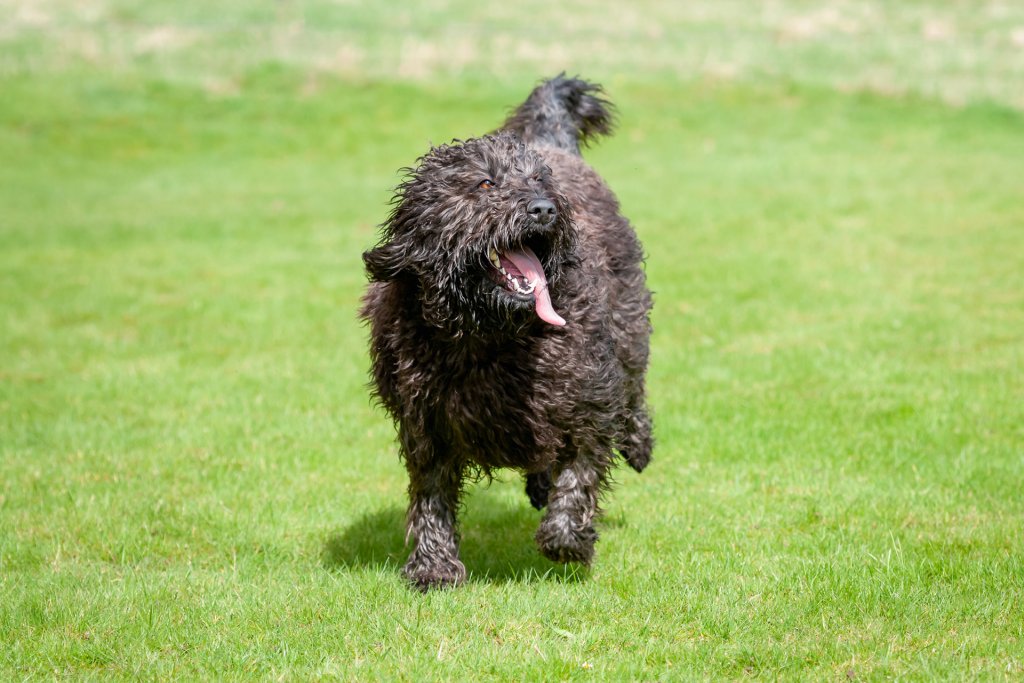
When do dogs shed their puppy coats?
Do you have a puppy? Typically, the first time a dog loses fur is when they start shedding their puppy coat. Puppies are born with a single coat of fur that’s very soft and cuddly to touch. But their puppy fur doesn’t last forever. Eventually, dogs lose their puppy coat and grow a thicker and stiffer adult coat.
Puppies shed their puppy coat when they’re about four to six months old; although it could start as early as three months or as late as one year1. This process can last from a few weeks to a few months.
During this transition time, your pup’s coat may appear scruffy or even change color – that’s normal. However, you may not even notice your puppy shedding, especially if they’re a short-haired breed. For other dogs, the change can be quite drastic. Some even go through an ‘uglies’ phase – when they appear a bit awkward for a few months while they grow in their adult coat.
Tip: Get your dog used to brushing and grooming as a puppy. This way, they will not fear the brush and you can make the process of shedding more pleasant for you and your furry friend!
If your puppy’s hair is coming out in patches, or if they have red, scaly, or inflamed skin, consult your veterinarian.
Unusual shedding: symptoms of hair loss in dogs
If your dog is losing fur excessively, it may not be just normal shedding. It could be a sign of an underlying issue that needs to be addressed.
Of course, the most obvious symptom of hair loss in dogs is the extra fur you find littering your home. This may be accompanied by other symptoms which can indicate that your dog is not feeling very well.
25% of dog vet visits are related to skin and hair coat problems1.
Be on the lookout for these symptoms related to hair loss in dogs:
- Dry, possibly scaly skin
- Itching and scratching
- Inflamed or discolored patches of skin
- Dandruff
- Dry, brittle coat
- Bald spots
- Overgrooming2
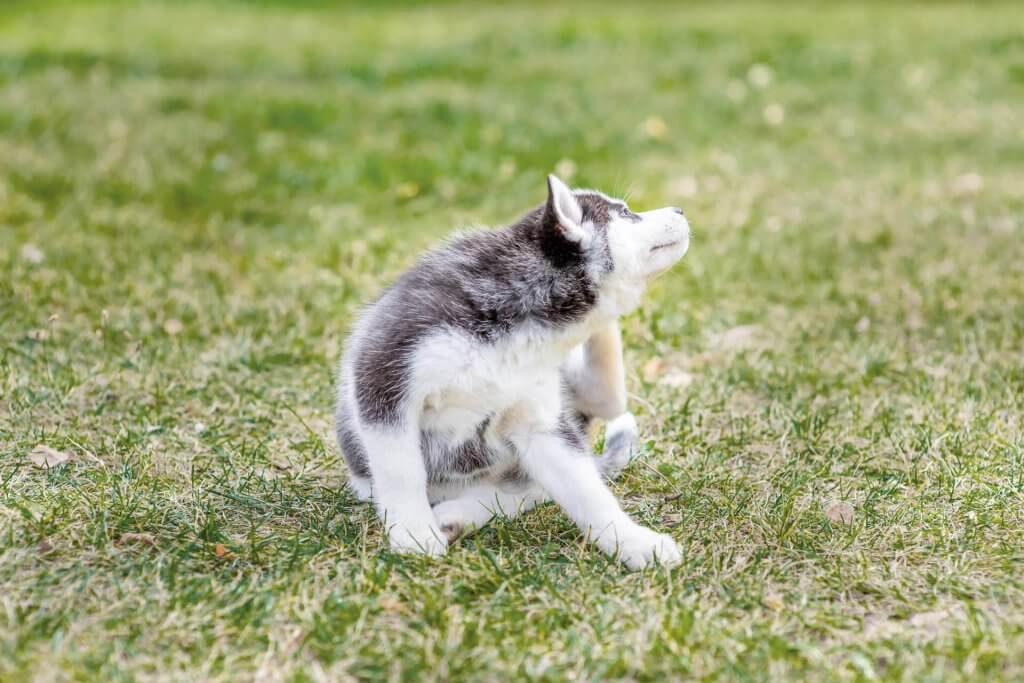
Why is my dog losing hair? Top causes of hair loss in dogs
As we mentioned, seasonal or year-round shedding is normal. But if your dog experiences any of the symptoms above, or if something about their shedding just seems off, it might be a cause for concern. The following phenomena can cause additional hair loss in dogs:
- Allergies
- Bacterial or fungal infections
- Mange, fleas and other parasites
- Illness
- Hormonal disorders
- Genetics
- Medications
- Alopecia
- Stress and anxiety
- Over-grooming
- Poor nutrition or deficiency
- Pregnancy or lactation
- Dehydration
- Neutering
Visit your vet to discuss your dog’s symptoms with a professional. A veterinarian can diagnose the possible causes of hair loss as well as advise you on treatment options.
6 tips to keep dog shedding under control
Every dog parent who deals with regular shedding in their dog wants to know: how to keep dog shedding under control? Here are our top tips for managing dog shedding:
1. Brush your dog regularly
The most important step you can take is to brush your dog every day. Grooming removes loose fur and also redistributes your dog’s skin’s oil into its fur, helping it stay in place. That healthy hair is more likely to stay attached to your dog’s body and off the furniture. For dogs who shed a lot, daily brushing is a must. Weekly brushing is usually enough for dogs who don’t shed much.
A good brush is a must-have for every dog parent. There are special brushes made to assist with shedding. If you don’t know which one works best for your dog’s coat, you can ask your vet or the local pet store for advice.
2. Keep your dog clean
Dirty dogs are more likely to be sick dogs – they’re more prone to allergies, infection or infestation. So keeping your dog clean naturally is one way to prevent hair loss.
You can use a wet towel to gently remove dirt, debris, and allergens from your dog’s coat and paws anytime they come in after being outside. Also check your dog carefully for grass awns, ticks, and other dangers in the appropriate seasons.
Knowing where your dog is at all times can help you to keep them safe, clean, and healthy. You can track your dog no matter how far they go and see all their activity with a GPS dog tracker.
Bathing your dog regularly also helps, but do so only using specially formulated shampoo.
Giving your dog regular baths encourages loose hair to fall out in the bathtub instead of on your furniture.
Avoid over-bathing, which can cause the skin to become dry and the fur to fall out. You may want to read about how to keep your dog clean without giving them a bath.
3. Help your dog stay hydrated
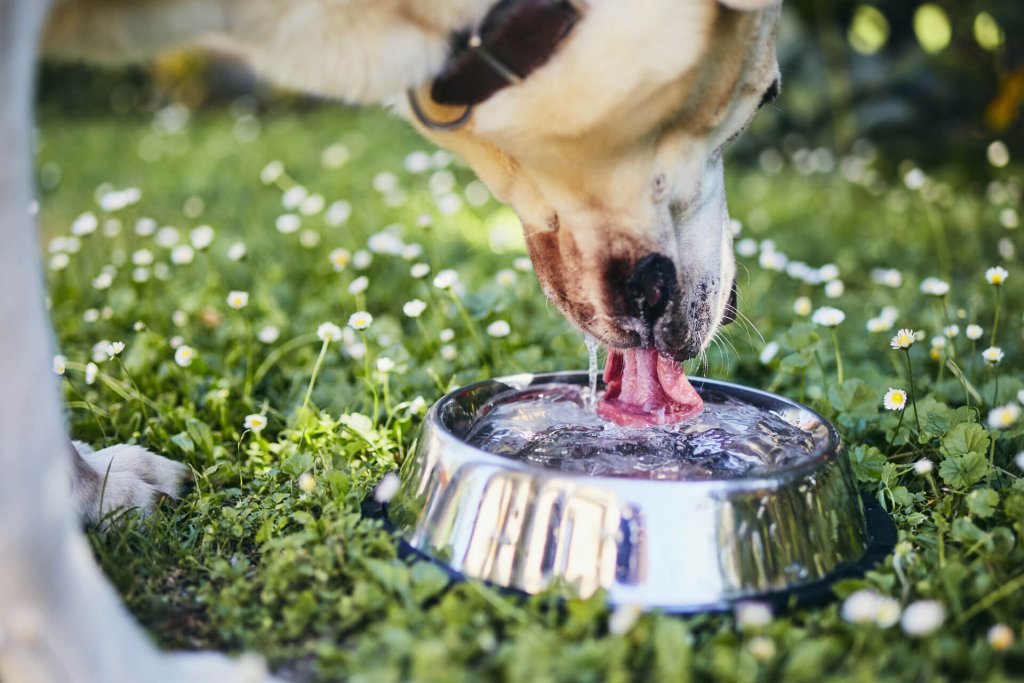
Another way to fight hair loss in dogs? Hydration! Always make sure your dog has enough fresh water available. Dehydration leads to dry skin, which is the cause of excessive shedding. To encourage your dog to get the daily intake of water he or she needs, try placing more than one bowl in different spots of the house and the garden.
4. Feed a high-quality diet
Like us, dogs need the right balance of minerals and vitamins to stay healthy. If they’re not getting enough essential nutrients, they may experience symptoms such as hair loss. For example, copper or zinc deficiencies can lead to hair loss in dogs. You can make sure your dog is getting these minerals by feeding them a healthy diet.
Prefer high-quality food and choose meat-rich and grain-free food. This kind of food is easier to process, and your dog won’t face problems digesting it.
Healthy dog foods promote better health and help control shedding and dry skin.

Dogs with food allergies are prone to diet-related shedding. If your dog has food allergies, try a mix of different kinds of food and ask the vet. Introduce a moderate amount of olive or flaxseed oil, which contains fatty acids. By doing so, you will improve your dog’s overall coat texture.
5. Use flea and tick preventatives
Irritated skin increases shedding. Fleas irritate the skin. This means that dogs with flea problems scratch incessantly, which causes hair to fall out. Keeping your dog free of fleas will prevent irritated skin, dandruff, and excessive fur shedding. Bring your pet to the vet if you don’t know how to control fleas and ticks.
6. Reduce your dog’s stress
Stressed, anxious and fearful dogs can experience hair loss as a side effect of their disoriented state. Keep your dog’s life as stress-free as possible by making sure they have everything they need for a comfortable life. Minimizing big changes and scary stimuli (like loud noises and crowds) can also help calm your dog.
Conclusion on dog shedding
All dogs shed, except for hairless ones. So if you’re dog is losing hair, it’s probably normal. You can find out how much shedding is to be expected based on your dog’s breed, coat type and time of year. While dog shedding is not avoidable, it is manageable through daily brushing, hydration, a healthy diet, and other means to keep your dog healthy.
If your dog shows signs of sickness or unusual hair loss – like red, dry skin, bald spots, or excessive scratching – hair loss may be a sign of something more serious. If you’re not sure about the cause of your dog’s fur loss, contact your vet for a diagnosis and to find the best treatment for your pet.
Dog shedding might seem like a nuisance, but it’s a small price to pay for having our lives enriched by our wonderful furry family members. 🐕🥰
Like what you’ve read? Share it with your friends!
